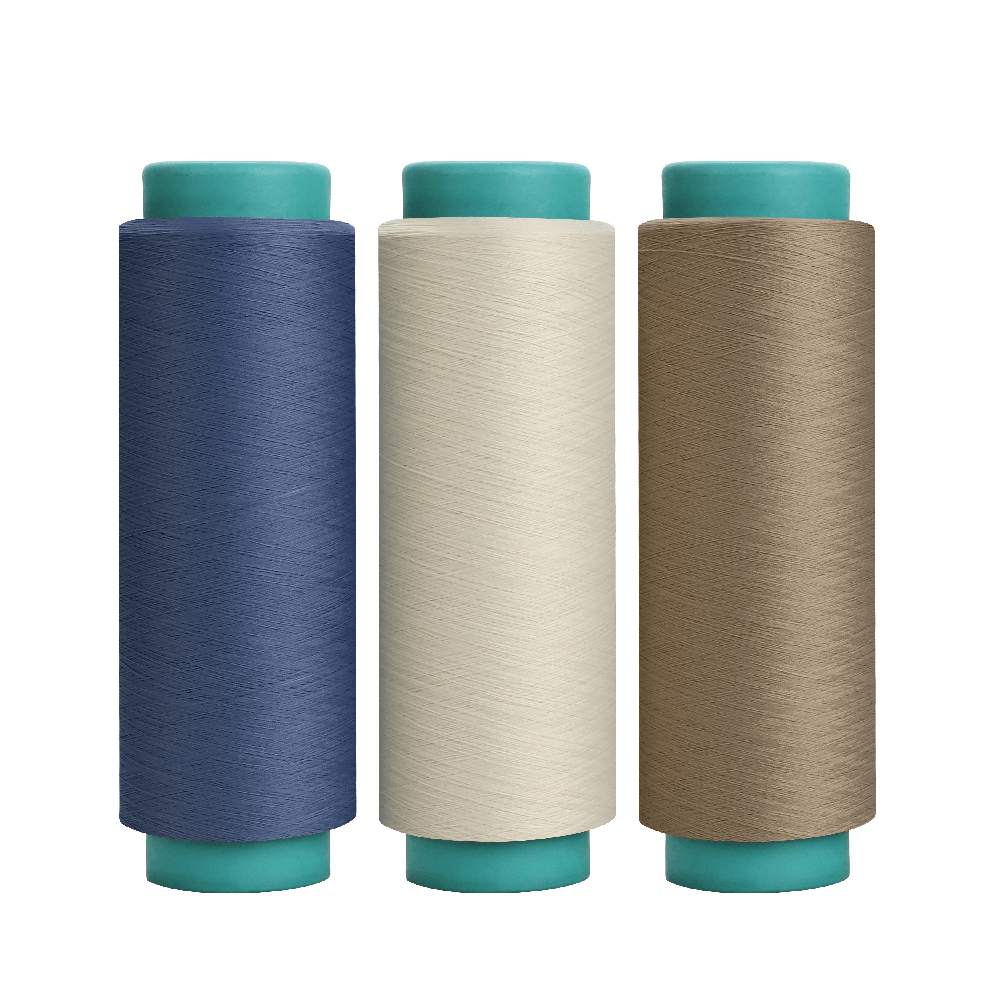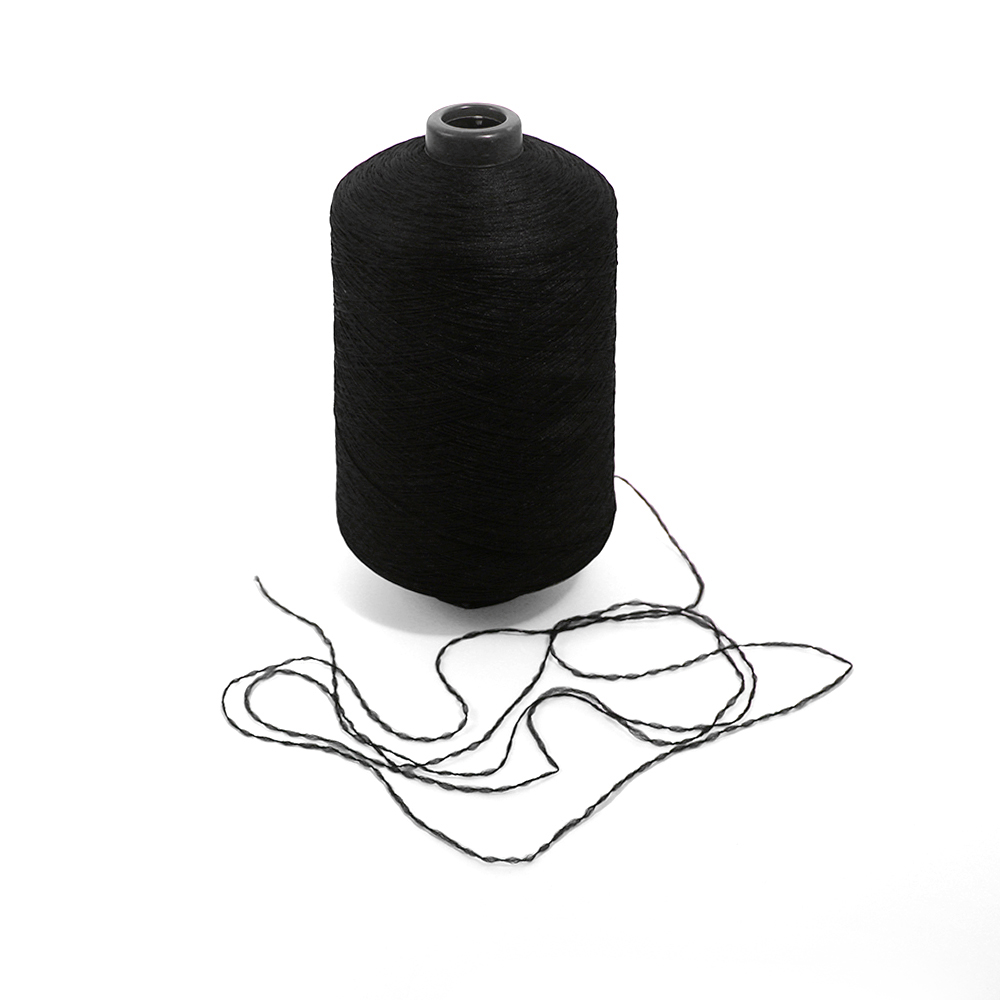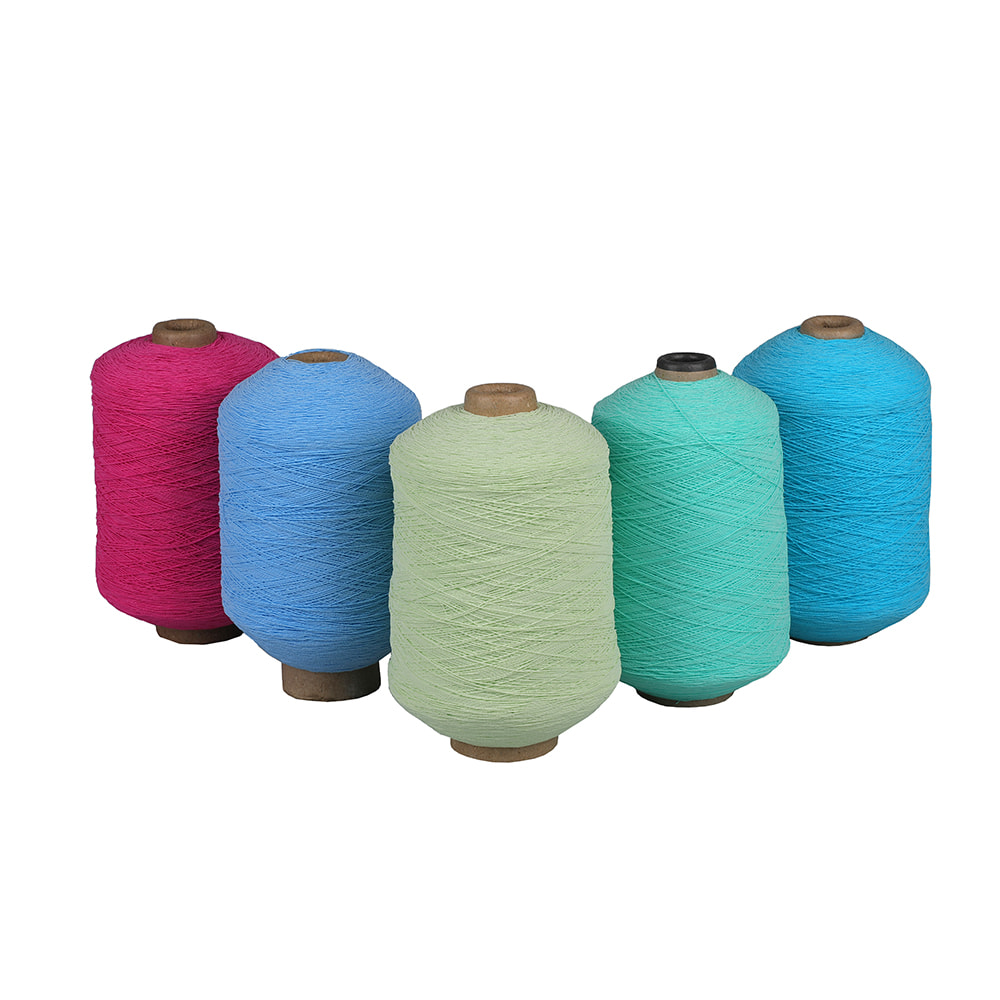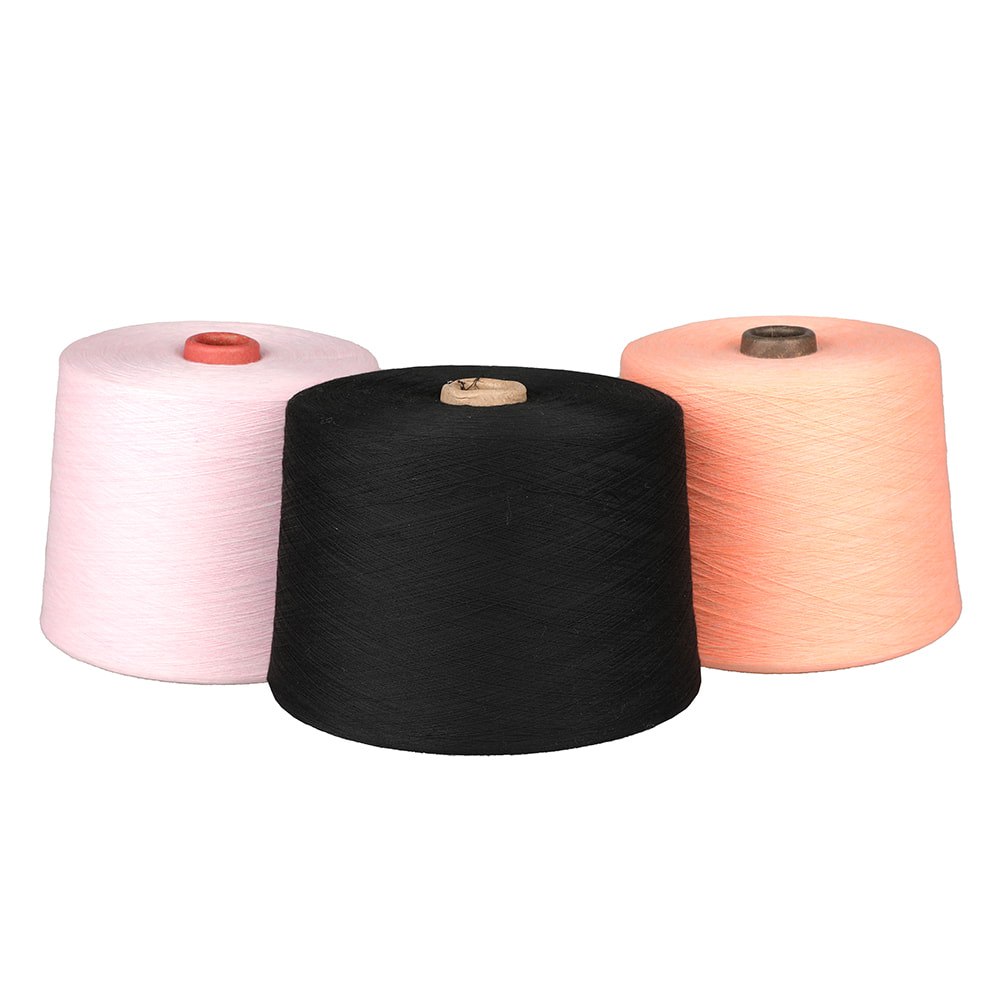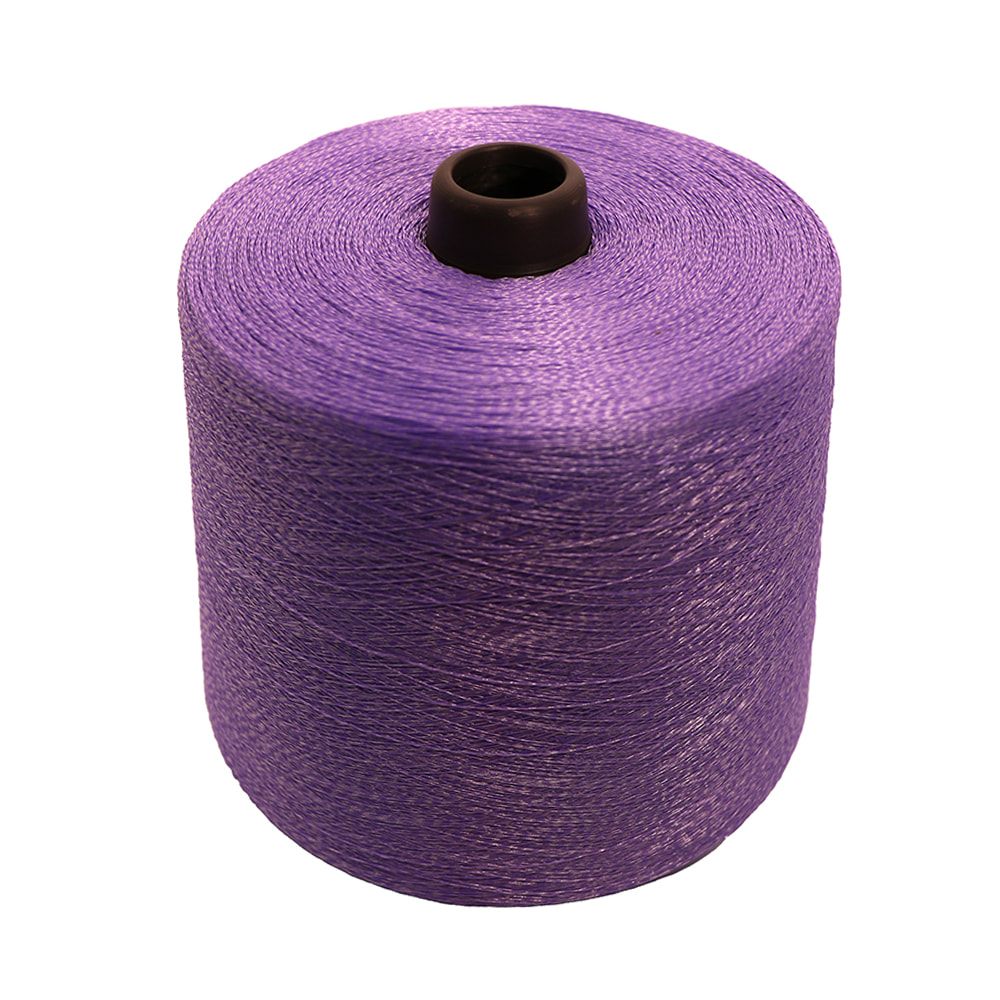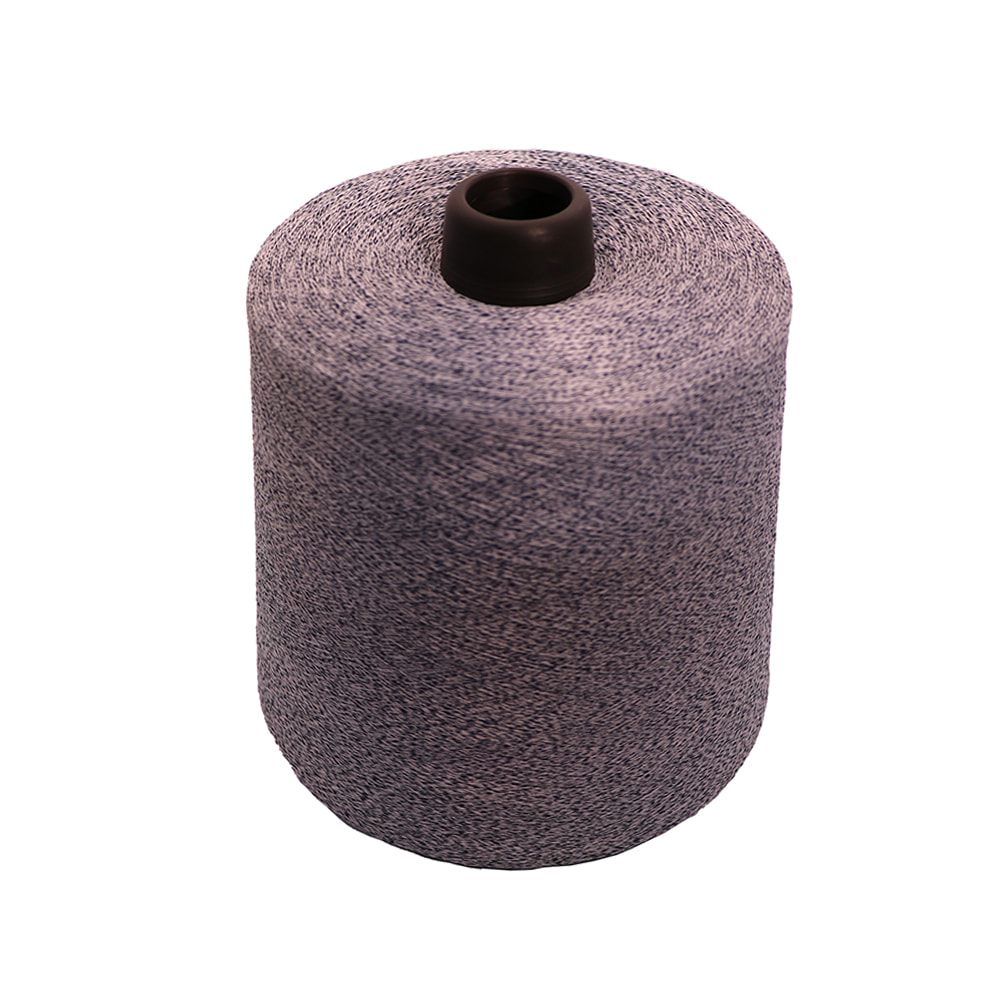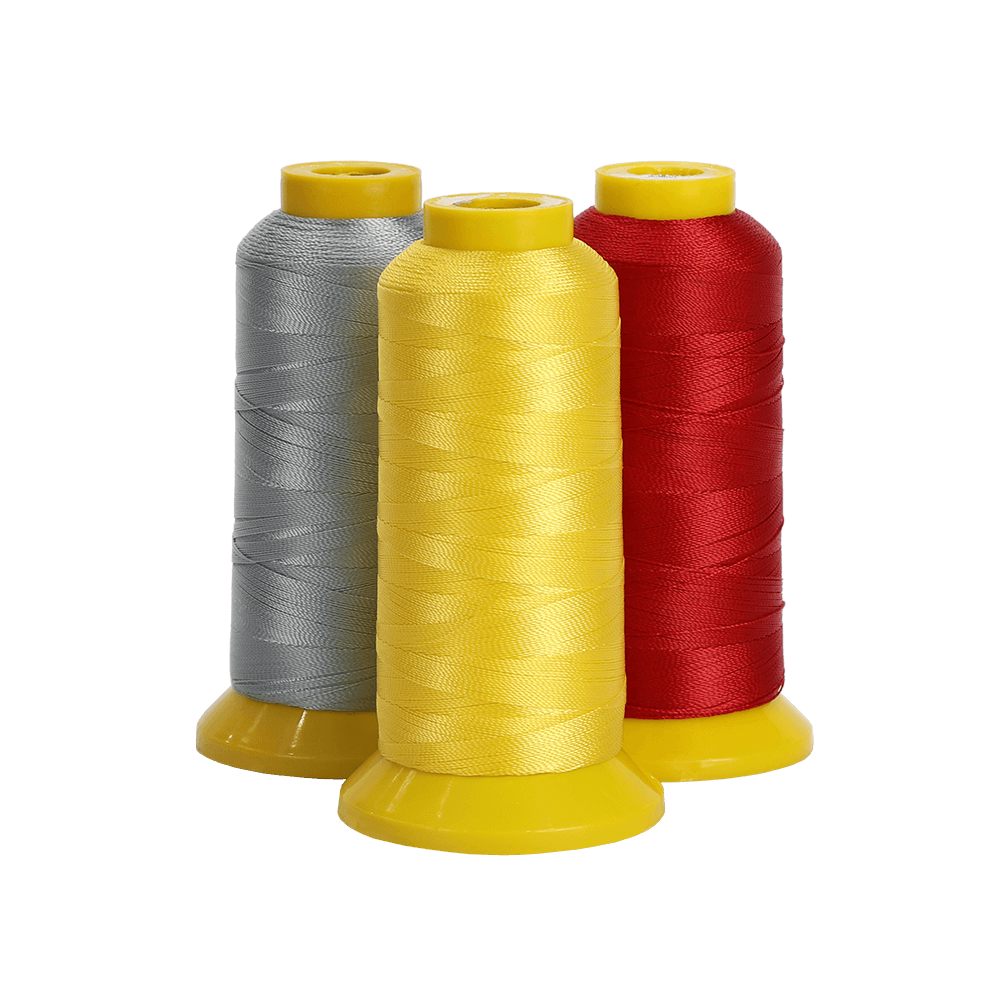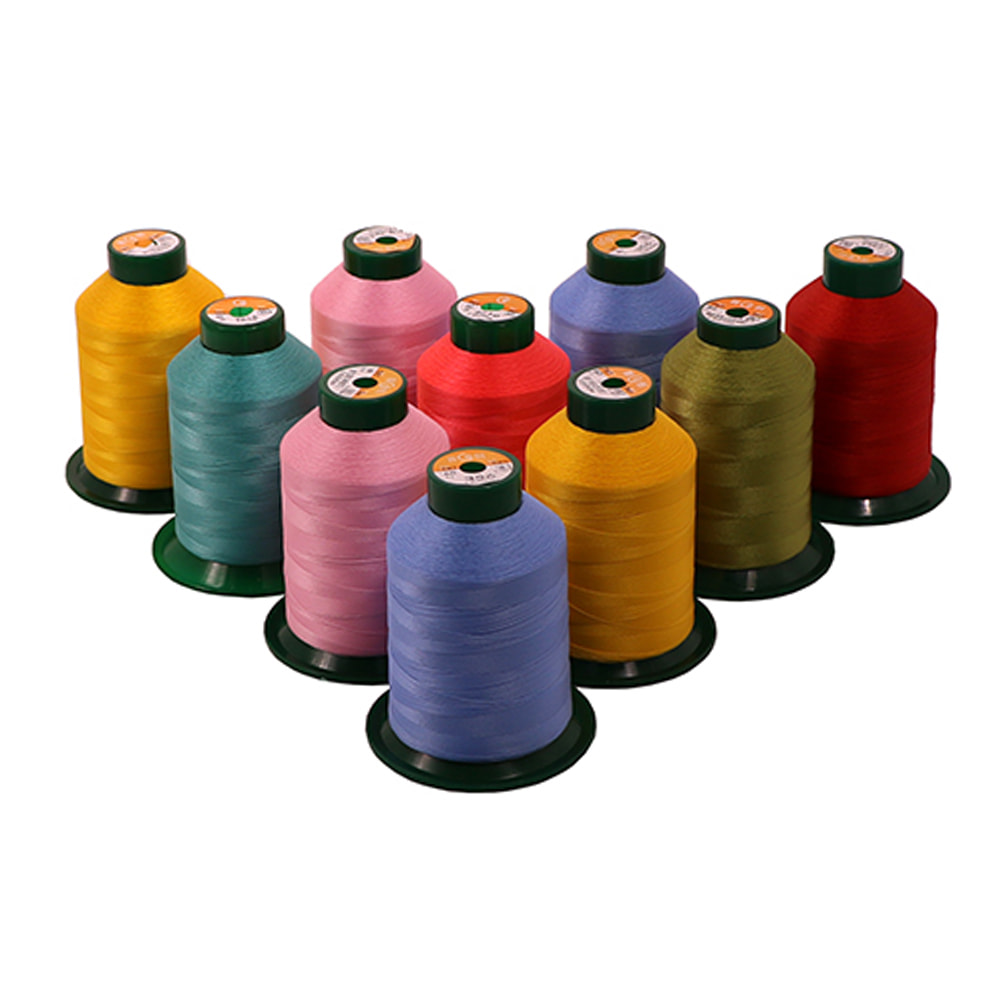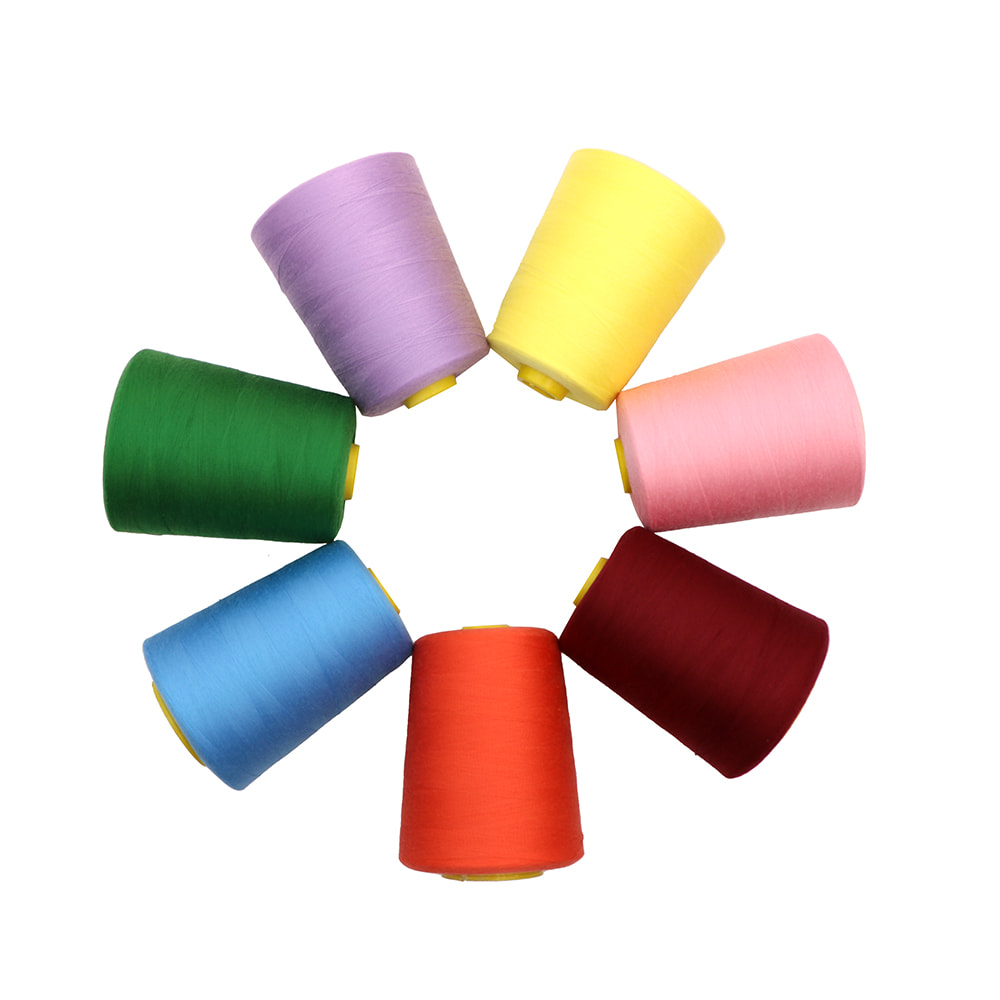1. The Influence of Wire Diameter
Wire diameter, that is, the thickness of sewing thread, is one of the important indicators for measuring the specifications of sewing thread. The size of the wire diameter directly affects the strength, wear resistance and applicable scenarios of sewing thread.
Strength and wear resistance: The thicker the wire diameter, the higher the strength and wear resistance of the sewing thread. This is because the thicker the wire diameter, the stronger the interaction between the fibers, which improves the overall strength and wear resistance of the thread. This high-strength sewing thread performs better when sewing heavy materials or parts that need to withstand greater tension, so the price is usually higher.
Applicable scenarios: The choice of wire diameter also depends on the thickness of the sewing material and the sewing requirements. For example, when sewing heavy materials such as leather and canvas, sewing threads with thicker wire diameters are needed to ensure sufficient strength and wear resistance; when sewing light and thin fabrics, sewing threads with thinner wire diameters can be selected to reduce damage to the fabric and improve the sewing effect. Therefore, sewing threads of different wire diameters will also vary in price.
2. The influence of length
Length is another important indicator for measuring the specifications of sewing threads. Sewing threads of different lengths will also vary in price.
Production cost: The production cost of long sewing threads is usually higher than that of short sewing threads. This is because long sewing threads require more raw materials and process processing during the production process, such as spinning, dyeing, stretching, etc. These additional production costs will be reflected in the product price, making the price of long sewing threads usually higher.
Efficiency of use: Long sewing threads can reduce the number of times the thread ends are replaced during use and improve sewing efficiency. For some projects that require long-term continuous sewing, such as mass-produced clothing, household items, etc., the use of long sewing threads can significantly reduce costs. This does not mean that the price of long sewing threads must be higher than that of short sewing threads, because the price is also affected by market demand, brand, material and other factors.
3. The influence of special specifications
In addition to the diameter and length, there are some special specifications that will also affect the price of colored high-strength sewing threads.
Colored High-Strength Sewing Thread: High-elasticity sewing threads are usually used to sew materials that need to be stretched or deformed, such as sportswear, swimsuits, etc. This kind of sewing thread needs to use special fibers and processes during the manufacturing process to ensure that it has good elasticity and recovery. Therefore, the price of high elastic sewing thread is usually higher.
Fire-retardant sewing thread: Fire-retardant sewing thread is mainly used to sew clothing and supplies that need to be fireproof or flame-retardant, such as fire suits, protective clothing, etc. This kind of sewing thread needs to add special flame retardants or use special fiber materials during the manufacturing process to improve its fire resistance. Therefore, the price of fire-retardant sewing thread is usually higher.
Environmentally friendly sewing thread: With the improvement of environmental awareness, more and more consumers have begun to pay attention to the environmental performance of sewing thread. Environmentally friendly sewing thread is usually made of degradable or recycled fiber materials to reduce the impact on the environment. However, due to the cost of environmentally friendly materials and the limitations of production processes, the price of environmentally friendly sewing thread is usually also higher.
4. Market demand and price relationship
Market demand is another important factor affecting the price of Colored High-Strength Sewing Thread. When the market demand for sewing thread of a certain specification or color increases, the price may rise; conversely, when the market demand decreases, the price may fall. This price change reflects the changes in market supply and demand.
5. Relationship between brand and price
Brand is also an important factor affecting the price of colored high-strength sewing thread. Well-known brands usually have higher quality assurance and more complete after-sales service, so the price is often higher. However, this does not mean that all well-known brands are more expensive than non-well-known brands. The price is also affected by many factors such as product quality, degree of innovation, marketing strategy, etc.
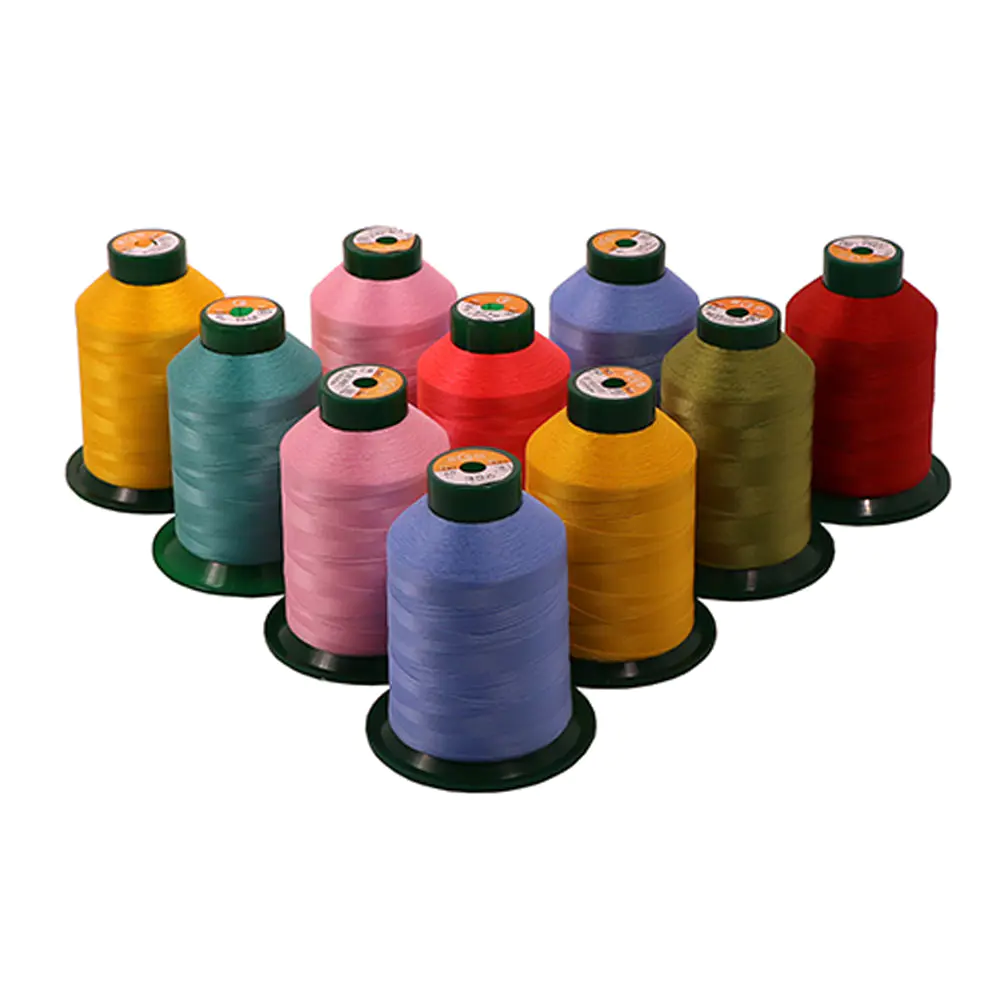

 English
English 中文简体
中文简体 Español
Español




